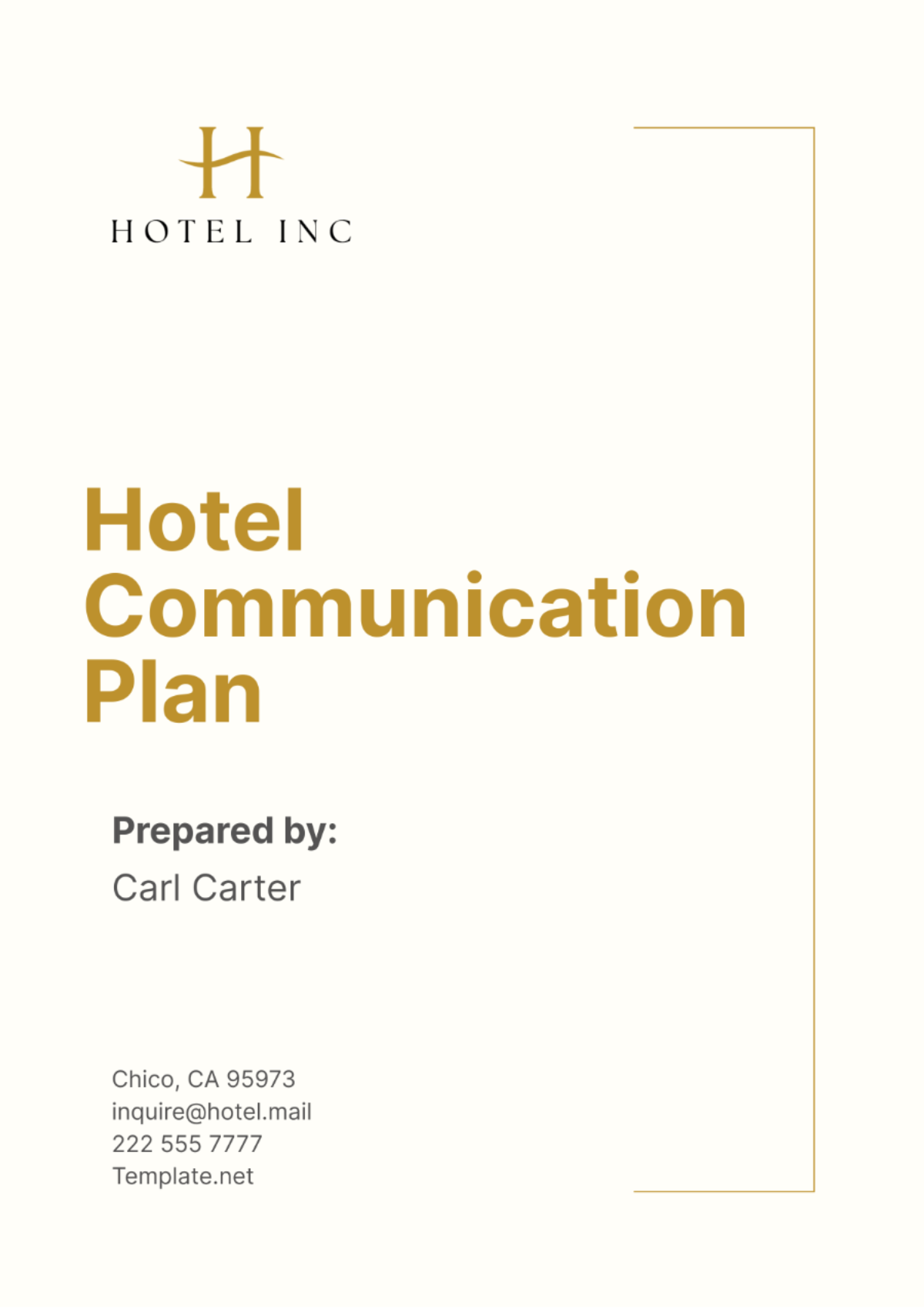Free Telecommunication Communication Plan
Enhance communication strategies with the Telecommunication Communication Plan Template from Template.net. This editable and customizable template provides a framework for internal and external communications. Customize it easily using the AI Editor Tool.





























